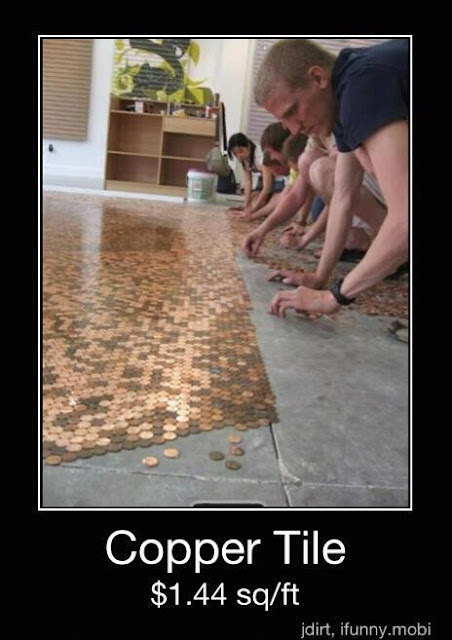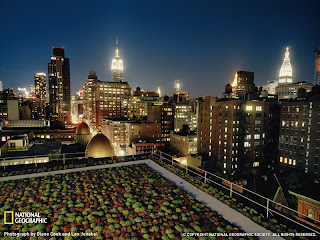Raksha Vasudevan, Sustainability Associate at the National League of Cities’ Center for Research and Innovation, takes the question of whether to demolish, renovate or preserve it a step further. She argues that:
What is needed is an acknowledgement of the multiple and hidden costs of our choices. For example, what are the costs of demolition for the earth? What happens to the tons of concrete that fills up landfills around the country? Apart from the fact that demolition in itself is financially costly for government, there are social and environmental costs of that we often ignore. And while preservation is not always the answer for a community, the path to determining what is “right” lies in honestly weighing the economic, social, and environmental costs of our actions.David Brown of the National Trust for Historic Preservation reminds us that art deco once faced the wrecker's ball down in South Beach, and Allison Arieff laments that many of Paul Rudolph's mid-century civic structures are currently slated for demolition. New Criterion contributor Anthony M. Daniels' contribution is the lone dissenting opinion here, and it doesn't take him long to bring the crazy:
Buildings should be preserved for one of two reasons: they were the site of events of great historic importance, or they are of aesthetic merit. Buildings in the Brutalist style — which uses raw concrete or other materials to make art galleries look like fallout shelters — are certainly aesthetically outstanding: unfortunately, in an entirely negative sense. A single such building can ruin an entire townscape, and it is often difficult to believe that such ruination was not the intention of the architect.What's interesting is that his argument would probably be supported by a majority of people: it's ugly, so tear it down. Case closed. But think of the ecological catastrophe that could result if all our concrete structures were simultaneously torn down: the captured carbon alone is enough of an issue, let alone our landfills. It makes me think what was done at Bellevue Hospital on the Upper East Side, where they built a new ambulatory care center to incorporate the facade of the original hospital building.
A curtainwall was all it took to envelop the existing structure and expand the building's footprint. I'm not suggesting that the original facade is anything like a Brutalist example, but this is a method that we could easily explore to deal with renovating buildings deemed too "ugly" to be spared the wrecking ball.











